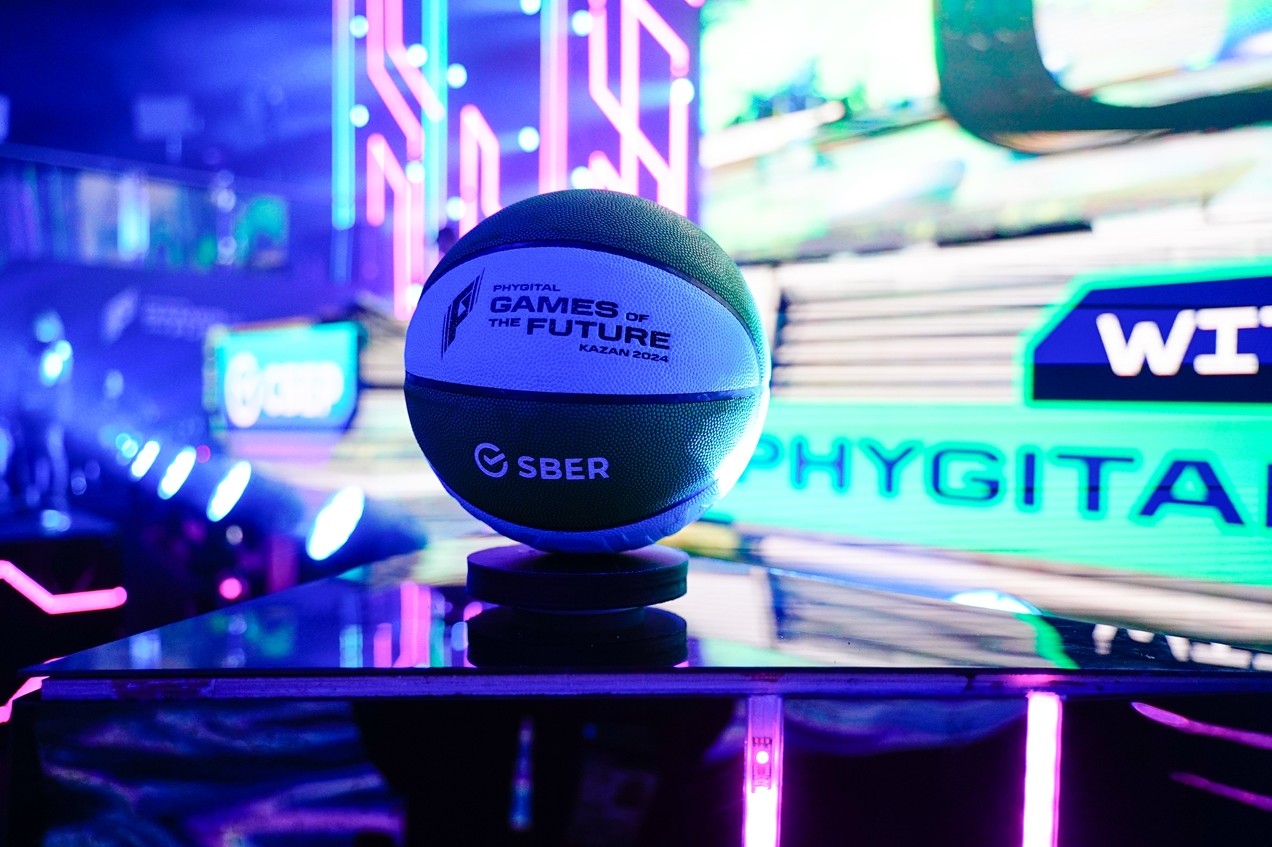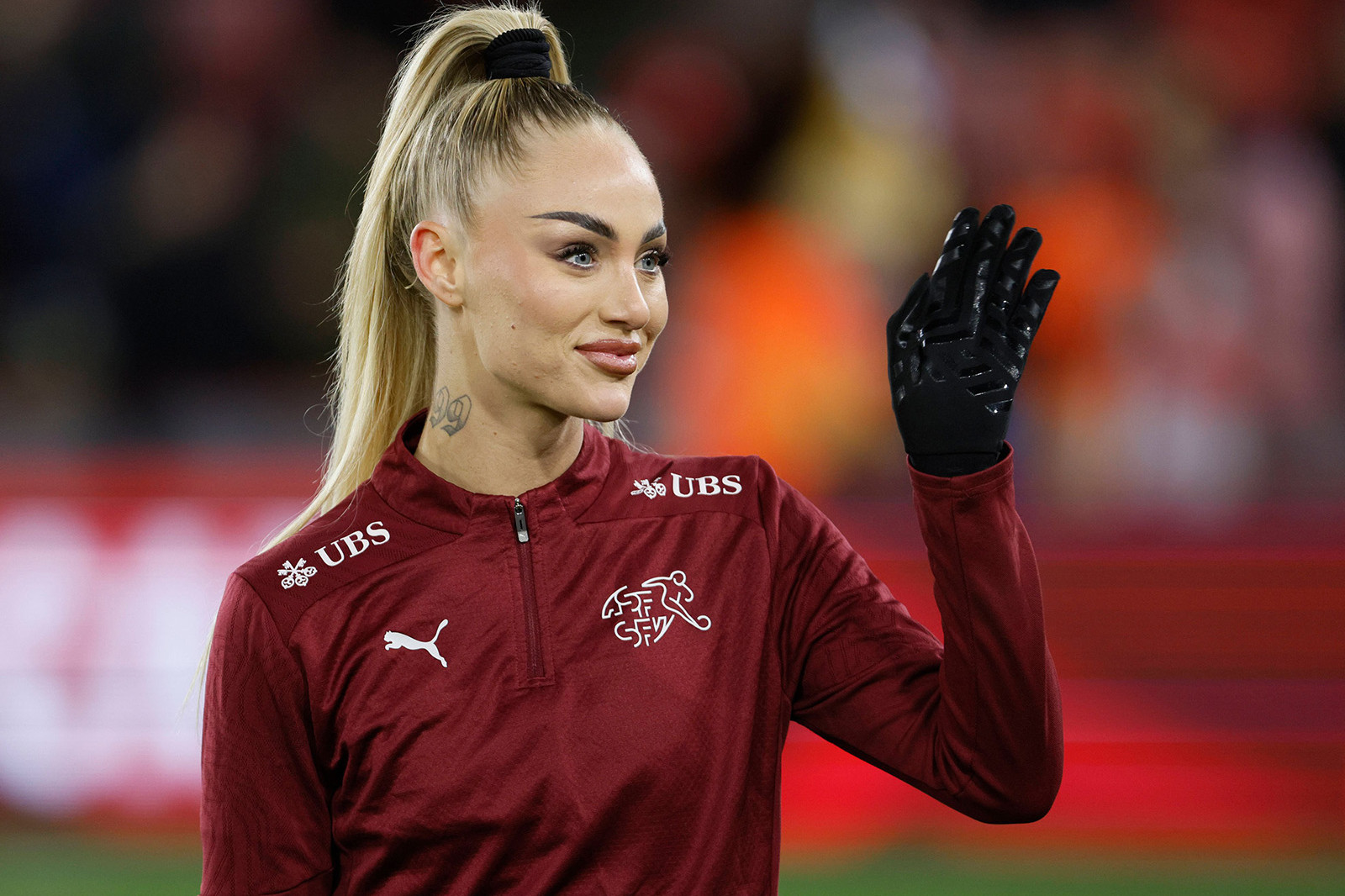Sports Sponsorship: 7 Trends That Are Changing the Game in 2025
From the boom in women’s sports to phygital activations: how brands are reinventing their approach to sports sponsorship.
The global sports-sponsorship market will surpass 45 billion CHF in 2025, an 8 % increase on 2024. Behind that growth lies a profound transformation of the sponsorship playbook. At Sponsorize, our strategic and operational services put us front-row for this shift. Here are the seven trends that are redefining sports sponsorship and creating new business-impact opportunities for our clients.
1. Women’s sports: from opportunity to strategic territory
The revolution is under way. In 2024, 50 % of the world’s population say they are interested in women’s sports, up from 45 % in 2022. This spectacular rise is turning women’s sports from a CSR pledge into a genuine growth lever.
The U.S. example speaks for itself: the WNBA’s fan base grew by 31 % in two years, with TV audiences up 201 % in 2024. For brands, this is a chance to reach new consumer segments while activation costs remain affordable.
Switzerland in the spotlight: hosting UEFA Women’s Euro 2025 perfectly illustrates this momentum. Companies such as Swissquote and Miele Switzerland have signed on as national sponsors, rolling out dedicated activations and digital campaigns to amplify women’s football.
Our recommendation: the pioneer window is closing fast. Brands that invest in women’s sports now still enjoy a significant competitive edge.
2. Phygital activations: when the real meets the virtual
Technological advances are reshaping how sponsors engage sports audiences. By 2025, immersive fan experiences powered by digital tech—virtual reality (VR), augmented reality (AR), hybrid broadcasts and sports metaverses—will provide brands with new, flexible and measurable visibility platforms. These tools meet two needs: reaching digital-native audiences where they engage, and delivering more agile, data-rich activations.
The line between physical and digital experience is fading. Virtual ad boards can now be digitally overlaid and switched in real time by geography or viewer profile. This “virtual overlay” technology is revolutionising sponsorship by letting even smaller advertisers run highly targeted, short-term, tailor-made campaigns.

3. The era of data-driven, personalised sponsorship
Gut-feel sponsorship is out. In 2025, ultra-personalised, data- and AI-led deals take over, letting brands target fans with content tailored to their preferences.
KPI revolution: CMOs demand clear indicators—views, engagement, sales impact, lead generation—reshaping sponsorship contracts.
Strategic shift: the model moves from mass-media to precision and value. Brands seek measurable ROI, not just visibility, and favour live, interactive, multi-platform activations over simple logo placements.
Rights-holders are adopting the data-driven mindset too. According to PwC, real-time analytics coupled with hyper-personalised ads will “super-charge fan targeting and deepen engagement.”
Some platforms already segment football fans by age, country or interests to help sponsors craft bespoke messages. Smart stadiums equipped with Wi-Fi sensors and mobile apps gather data on spectator behaviour (visited zones, queues, concessions). Partners can then personalise on-site experience—sending a coupon to a fan’s phone as they pass the club store, for instance.
4. Athletes become personal media channels
Player power is reshaping sponsorship. Athletes are no longer just performers on the field; they are content creators, influencers and entrepreneurs of their own image. Cristiano Ronaldo, for example, launched a YouTube channel that drew 60 million subscribers in one week—virtually a global broadcast platform in itself.
Direct opportunity: instead of going solely through clubs, sponsors increasingly partner directly with athletes, leveraging the credibility and authenticity athletes enjoy with their fan bases.
Across Switzerland and Europe, image-rights debates are intensifying. Recent cases highlight athletes’ wish to control commercial use of their image. French striker Kylian Mbappé pressured his federation to revise collective deals so he can better control brands linked to his image.
Olympic athletes also benefit from a looser IOC Rule 40, now allowed to run campaigns with personal sponsors during the Games—once strictly forbidden.

5. ESG becomes an essential selection criterion
Sports sponsorship can no longer be disconnected from societal issues. Millennials and Gen Z expect brands to commit sincerely to causes they care about. Purpose-driven partnerships are now a priority for 18–34-year-olds. In the UK, for example, Barclays not only sponsors professional women’s football but also funds girls’ football, boosting its brand image as a champion of equal opportunity.
Environmental commitment: a growing requirement
Environmental engagement is also becoming a performance driver. Sponsors go beyond CSR talk, embedding sustainability in deals for measurable brand gains. DHL’s F1 partnership aligns with its 2030 net-zero goal; carbon-neutral SailGP attracts premium sponsors (Rolex, Emirates, DP World) seeking a turnkey green platform.
On the social front, sponsors invest in purpose-rich territories. Supporting women’s sports fits ESG’s “S” dimension of inclusion and equality—Swissquote expressly links its women’s-football sponsorship to empowering women financially.
Social and human impact at the heart of partnerships
Brands now place greater importance on athlete well-being. Aware of mental-health pressures in elite sport, some sponsors fund psychological-support programmes. Coca-Cola, for instance, extends certain collaborations by financing mental-health services for sponsored athletes. These initiatives both safeguard long-term performance and showcase human values.
In Switzerland: initiatives such as BKW’s Alpine-skiing partnership with eco-measures, Ineos sponsoring the Lausanne Marathon with a focus on recycling and circular economy, Migros’ “Support Your Sport” voucher scheme for small clubs, and La Mobilière’s youth-training programmes in handball, hockey and unihockey illustrate how brands use sport as a vehicle for civic engagement.
6. Content revolution: the era of “snackable content”
Fans consume sport differently. Gen Z and Gen Alpha prefer TikTok highlights, YouTube recaps and streaming docu-series over full matches. This media fragmentation opens new opportunities for sponsors.
Adaptation strategy: brands aim to embed their messages inside these new formats rather than around a single live match. Notably, 32 % of 18–34-year-olds who watched the new Tech Golf League (TGL) do not usually follow the PGA Tour—proof of hybrid appeal.
Major sports bodies develop alternative formats to attract fresh audiences. The NBA, for instance, multiplies innovative broadcasts: games with internet-celebrity commentary, fan-selected camera angles, themed nights, etc. Its “Dunk the Halls” holiday broadcasts exemplify this trend.
In short, the 2025 sports-media ecosystem is far more fragmented and interactive than before, and sponsorship evolves accordingly.
Brands seek to be omnipresent yet never intrusive, delivering value-adding content rather than simple banner ads.
Storytelling power—through a hit docu-series (e.g., *Drive to Survive* for Formula 1) or a social-media video series—has become a major success factor.
Sponsors are no longer halftime logos; they aim to become true sports-content producers, accompanying fans before, during and after events on the channels they love.
7. Fewer partnerships but greater impact
Soaring sponsorship rights are reshaping strategies. As costs for certain properties explode, brands abandon the “multi-partnership” model and focus on a handful of platforms where they can deliver real business impact.
New paradigm: rather than being everywhere with diluted budgets, companies select two or three premium properties and activate them 360°, creating a genuine brand territory rather than mere logo exposure.
Maximised ROI: an exclusive, fully activated deal on a major event (World Cup, Olympics) generates more measurable returns than a dozen scattered small sponsorships, letting brands craft memorable fan experiences and quantify impact precisely.
Redistributed opportunities: this concentration frees up slots lower down the market. Mid-tier properties become accessible to mid-size budgets, opening doors for SMEs and regional players.
The exclusivity challenge: in a saturated environment, being main sponsor of one property is far more powerful than being one of many across several events—driving stronger recall and positive brand association.
Ready to adapt your strategy to 2025 realities?
These trends are already reshaping the sponsorship approaches of our Swiss and international clients. Whether you want to explore women’s sports, develop innovative activations or optimise your sponsorship performance metrics, let’s talk.

